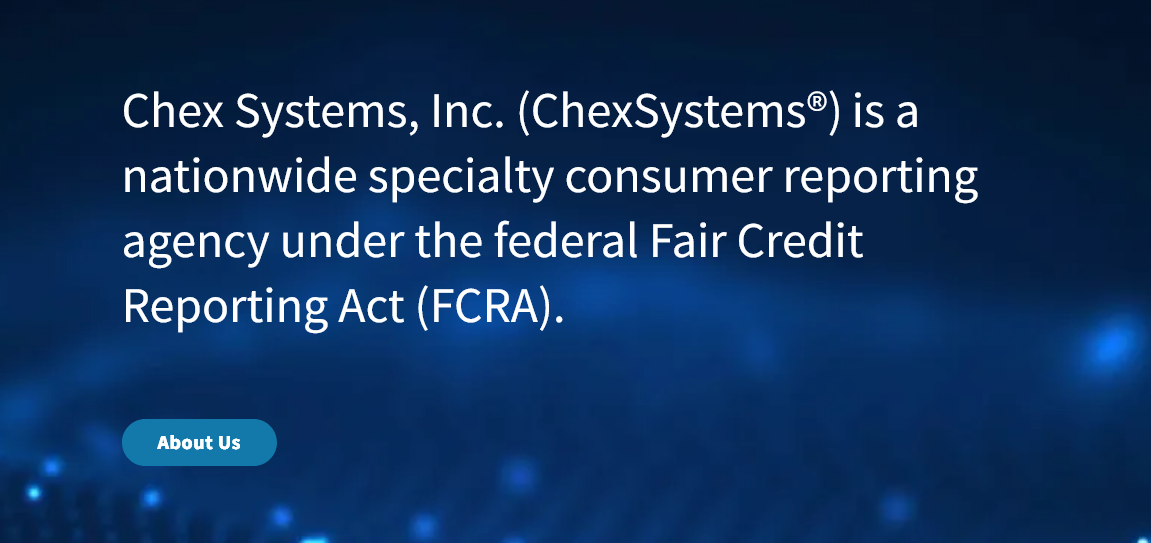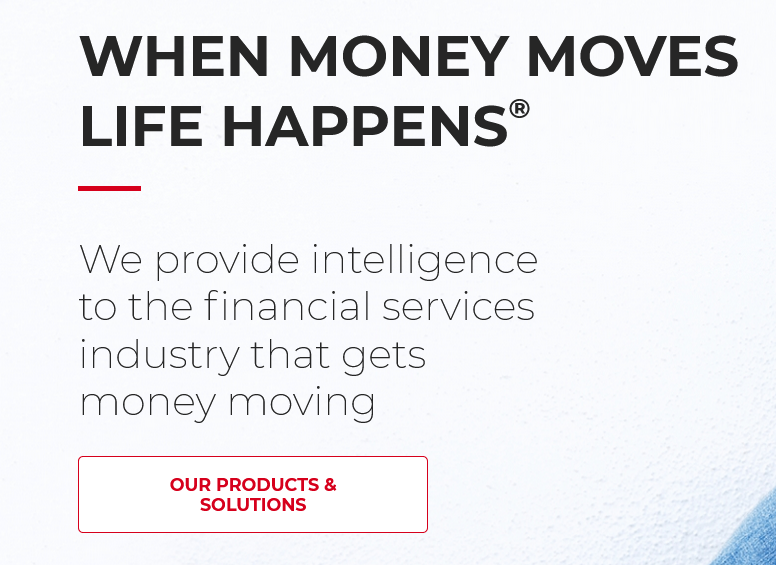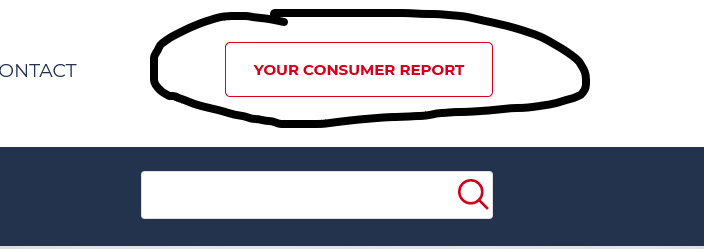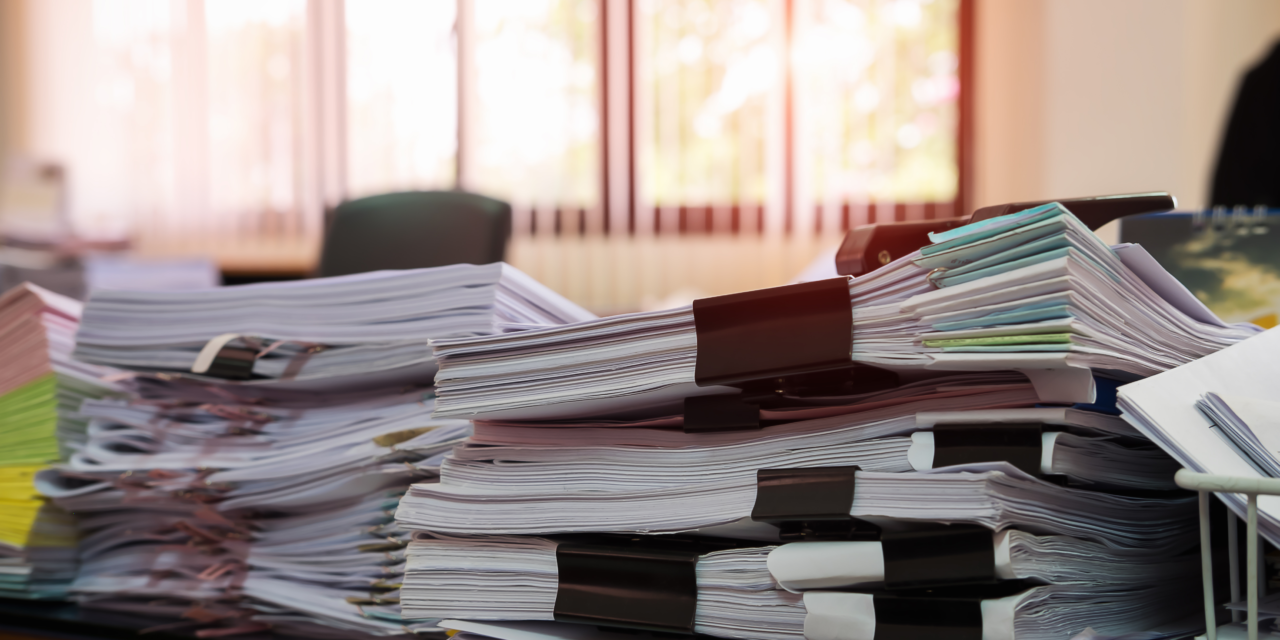Credit reports, which provide a list of a person’s credit and payment history, are a common topic of conversation. But there’s a much less known equivalent for banking services, run by two consumer reporting agencies named ChexSystems and Early Warning Services (EWS). These companies get your banking history and write ongoing reports of the activity.
Some banks use these reports when opening accounts. If there’s negative information on the report they might decline to open the account for you.
So how do you know what’s on there?
Just like with credit bureaus, you can request a free report from both of these agencies. You can get a new report for free once every 12 months or whenever you’ve been declined for an account because of the report.
Getting your report won’t hurt your banking or credit scores.
I went through the process, both because I wanted to know and becuase I wanted to tell you what to expect.
Good news: it’s not tricky, though it does require some patience.
Want to learn more about bank bonuses?
My starter guide will help you get up to speed on everything to do with bank offers.
ChexSystems

Happily, it’s quite easy and straightforward to get your banking history from ChexSystems.
All you need to do is go to the ChexSystems website (there’s a link at the bottom of this section) and register for an account. During the registration process they’ll ask some you very detailed questions for identity verification purposes. I had to go check the year on a loan for one question!
After your account has been created you can request your report.

The veiw after logging in
There are two things you can request from ChexSystems.
Consumer disclosure reports detail your banking history as reported through Chex. The report is broken down into different sections, showing what information is given to an instituition who requests the report and what inquiries are only viewable to you.
Consumer score reports show your Chex score (much like a credit score), which goes on a scale of 100-899. The higher the score the more trustworthy you’re seen as. It will also list reasons for your score.
You can request each of them for free once every 12 months.
For me it only took a few business days to get the reports back. You’ll be notified through email that there’s new correspondence available in your account.
If there’s not enough information for Chex to make a score or report you might get a report with all blank sections and a notice that a score couldn’t be generated. If that happens it’s not a negative, it just means that your financial instuitions haven’t reported your activity to Chex.
Many banks don’t use Chex, so this is nothing to worry about.
If you see something on your consumer disclosure report that isn’t accurate you can submit a dispute with ChexSystems. It’s also possible to freeze your information so it can’t be requested.
Get Your Chex Report Here
This button will take you to the ChexSystems website.
Early Warning Systems (EWS)

Unfortunately it’s a bit less straightforward to get your banking history online from EWS than it is from Chex. I like doing things online whenever there’s an option, but I think requesting by phone is actually the better option here.
On the top right of the main page you’ll see a link to request your report.

If you follow that it’ll take you to another page with a request button. Click on that and it will take you, strangely, to a document.
In the document the way to request is listed, along with what information you’ll need to provide (standard identity proofs like social and driver’s license).
The phone number is written there, but I’ll just go ahead and tell you that it’s 1-800-745-1560, available M-F 8-5 MST.
Once you call you’ll probably be put on hold for several minutes and then you’ll have to answer a few questions and they’ll send you a text link to take a picture of your driver’s license.
They send the report in paper form to your address. It took 16 business days to get mine while I waited not so patiently and checked the mailbox.
As for the report itself, it’s straightforward. Mine included information about transfers, checks, specific accounts, and inquiries. Some accounts also regularly post balance information. At the back there’s several pages of information about terms and rights.
Not all of my accounts were listed, and the level of information shared varied for the ones that did appear. The ones that reported were larger and more established than the ones that didn’t.
Some of the inquiries listed came from opening an account while others, labeled “GIACT services” seem to come from linking accounts.
If something on the report is wrong there’s a page that tells you how to start a dispute.
Want to Visit Early Warning Systems?
This link will take you to the site.
Should You Get Your Banking History?
There’s no drawback at all and a potential benefit if you find something that shouldn’t be on there.
So why not?
The reports could particularly help if you’re being denied for accounts, but it’s never a bad idea to have an idea of what financial applications might see when you make a request.
Since you can only request one free report from each company per year under normal circumstances, it might be a good idea to make a note of when you get your banking history so you know when the next report is available.

